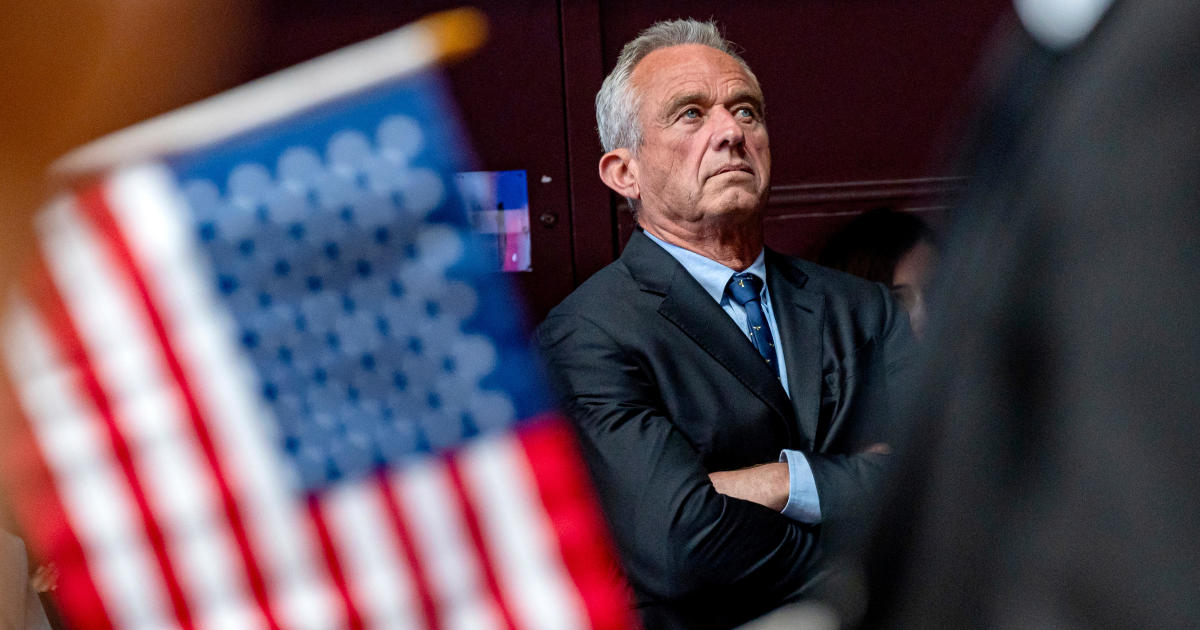RFK Jr. wants to be on the presidential ballot in all 50 states
The Quest for Ballot Access: A Look at Robert F. Kennedy Jr.’s Presidential Campaign
In mid-April, Robert F. Kennedy Jr. embarked on a bold journey to secure a place on the ballot as an independent presidential candidate. With Utah and Michigan already conquered, Kennedy aims to be listed in all 50 states and the District of Columbia.
Supporters of Kennedy firmly believe that he is not merely running to play spoiler in the upcoming election. They argue that he is a serious contender with a genuine chance of reaching the coveted 270 electoral votes required for victory.
While the path to securing enough states for 270 votes is arduous for a third-party candidate, it is not insurmountable. Political science expert Bernard Tamas from Valdosta State University expressed optimism, stating that the campaign appears on track to achieve this milestone.
The campaign has already completed signature gathering in seven additional states besides Utah and Michigan, with initiatives in progress in several others. However, challenges have arisen, such as a paperwork mistake in Nevada that led to restarting the signature process.
Despite facing various state regulations and legal hurdles, Kennedy’s most formidable opposition arises from Democratic groups seeking to thwart third-party campaigns. The Democratic National Committee has launched an effort to deter independent candidates, asserting that only President Biden and Donald Trump have viable paths to victory.
Dismissing accusations of being a spoiler, Kennedy’s campaign vows to pursue ballot access in all 50 states. The team is strategizing to navigate varying signature requirements and deadlines, aiming to exceed thresholds by wide margins in each state. Financial resources, largely provided by Kennedy’s running mate Nicole Shanahan, are being mobilized to cover the substantial costs.
Historical precedents illuminate the challenges of third-party bids, with George Wallace and Ross Perot as notable examples. The landscape for independent candidates has grown more hostile over time, with increasing barriers to ballot access imposed by state legislatures.
Despite the hurdles, Kennedy is determined to break through and offer a choice to voters outside the two major parties. However, challenges remain in defining a clear constituency and overcoming skepticism surrounding conspiracy theories associated with his campaign.
As polling data reveals Kennedy’s modest support levels, questions linger about his impact on the main candidates in the race. The coming months will test his ability to sustain momentum and challenge the existing political paradigm.








